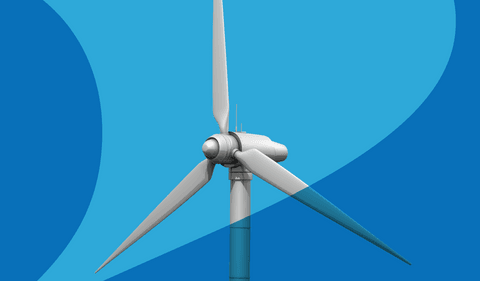Public Water Systems
The IIJA extends grants through the Safe Drinking Water Act into 2024 or beyond for public water systems work to: groundwater storage and conveyance projects ($1.15 billion), aging infrastructure ($3.2 billion), rural water projects ($1 billion) and water recycling projects ($1 billion), among others smaller programs of removing lead from drinking water, including reauthorization for a program targeting lead in public school water. Many of these programs hope to develop pilots to test their effectiveness in the new decade, with reports back to Congress after ½ to 2 years for possible expansion.
Reauthorization of these programs will include both small (below 10,000 individuals) and large scale systems (over 100,000 individuals). Smaller systems in general are to receive proportionally more federal funding, upwards of 90 percent of the budget of their operational sustainability projects. Of particular note is the amendment of this and older legislation to explicitly include tribal groups and consortia alongside other, more often recognized, civil authorities, like states, cities and even private groups. Overall, public water systems are the biggest beneficiaries; while the grants are open to private groups, most water systems are publically built and will receive the bulk of the grants to expand their services.
The IIJA establishes a system of grants to connect individual households to these public water and sewage systems. Many of these are directed towards small water systems or those identified as disproportionality serving those unable to pay or maintain household water systems. Also of note for public water systems are the IIJA provisions to improve resiliency and recharge through underground storage and aquifer recharge systems. Money is not provided for aboveground storage.
Emergent Technology
The IIJA contains multiple programs for examining emerging technologies in water management. These include the above-referenced groundwater storage and conveyance systems, but also supports stormwater management and reuse, and even electrification of ferries. Many of the groundwater programs are focused on the Mountain West, with the Colorado River Basin unsurprisingly receiving significant focus and dedicated funding of $350 million. Grant programs are established for new technology and resiliency programs, again with obligations to report back to Congress on their effectiveness and limits on how much of a project’s funds can come from the federal government.
Cybersecurity is another area of focus, influenced by the recent public ransomware attacks on public utilities and civic offices in the United States and elsewhere during the past year. The IIJA provides $500 million in funding for dam and hydroelectric generation safety. Note that desalination, for the most part, remains sidelined, at $250 million in specific funding and desalination projects are barred specifically from funding from other water source resiliency grants. Private groups are likely to see more benefit here, either in hiring on for public water services in providing and implementing emergent technology or as direct recipients to do so. Many such provisions instruct the various departments to prioritize water systems designated in need or broad, regional consortia for resiliency projects using emergent technology.



